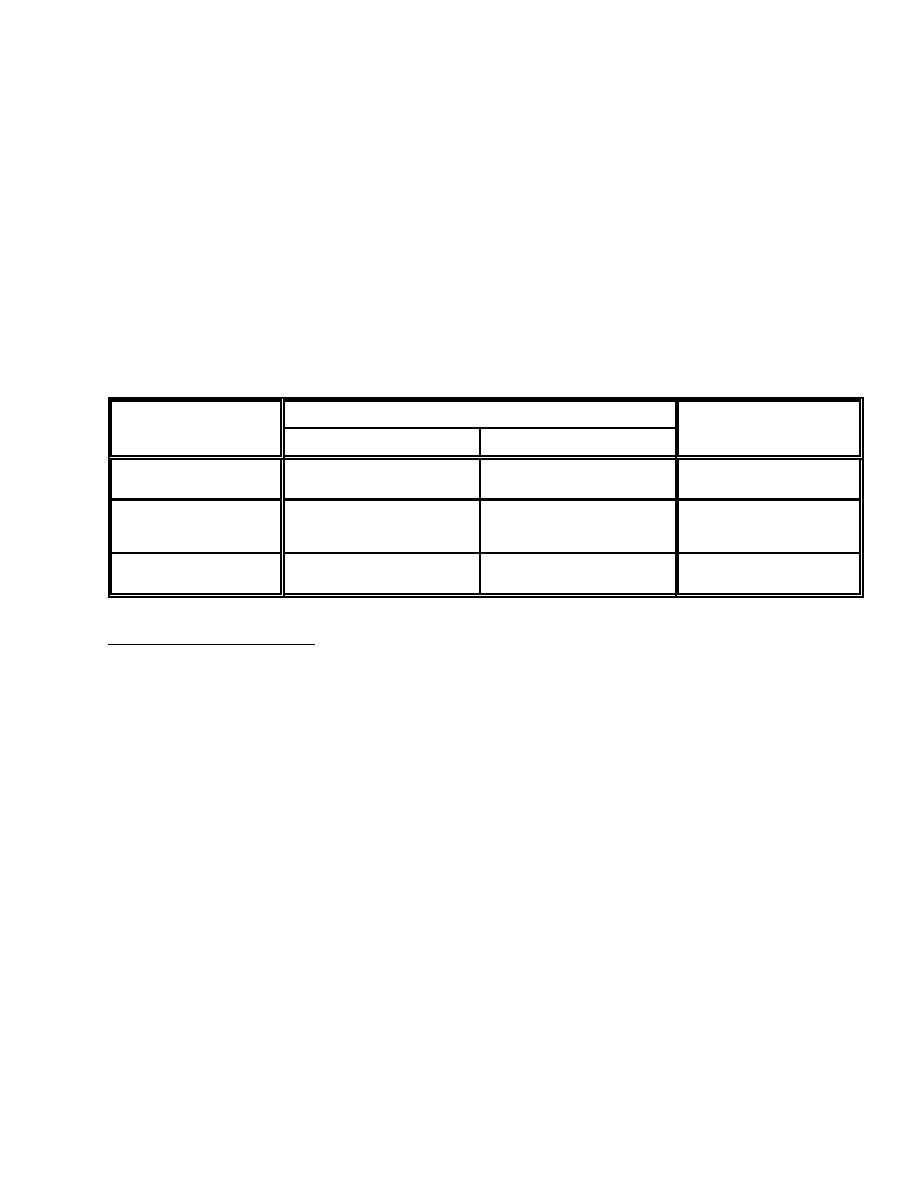 |
|||
|
|
|||
|
|
|||
| ||||||||||
|
|  DOESTD107393
If desired, the categories of design requirements can be subdivided. For example, within the safety
design requirements, subsets can be defined to cover hazards to off-site personnel, on-site personnel,
and facility workers. In such a subcategorization, protection of off-site personnel would correspond to
Safety Class 1 as defined in DOE 6430.1A; the environmental design requirements, with the terms
"high hazard," "moderate hazard," and "low hazard" as defined in DOE 5481.1B; and mission design
requirements, with the DOE 5000.3B definitions of operational delays or interruptions that are
reportable. When the design requirements categories are subcategorized, correlations with existing
graded approaches become more obvious. Such subcategorizations might be advantageous when
phasing program implementation. For example, the protection of off-site personnel could be
emphasized during the first phase, with other levels of protection being developed in subsequent
phases. The following matrix shows how safety and environmental design requirements can be
subcategorized and correlated with each other. For example, the abbreviation SC-2 indicates Safety
Class 2.
PERSONNEL PROTECTION
ENVIRONMENTAL
SUBCATEGORY
PROTECTION
Nuclear Hazards
Other Hazards
SC-1
OFF-SITE Significant
OFF-SITE Significant
N/A
Consequences
Consequences
SC-2
ON-SITE Significant
ON-SITE Significant
OFF-SITE
Consequences
Consequences
Irreversible
Consequences
SC-3
LOCALIZED
LOCALIZED
ON-SITE Irreversible
Consequences
Consequences
Consequences
Composite Facility/SSC Grades. Many QA programs now have different quality levels that can be used
to differentiate work activities in terms of the importance of the equipment involved. However, there is
only a limited number of quality levels--at some facilities, only two; at others, three. Typically, quality
level I is applied to safety equipment; quality level II, to other important equipment, such as
environmental protection equipment; and quality level III, to the remaining equipment. It is difficult to
establish more than three different quality levels for application to activities such as maintenance or
testing. The numerous grades of more complex grading systems ultimately need to be reduced to a
small number of quality levels for practical application. Integrated, fairly simple grading systems are
essential.
The following matrix illustrates an example of composite consideration of facility grading and SSC
grading and how quality levels can be assigned to various grades of SSCs at facilities of various
importance levels. The purpose of this matrix is to show how the highest level of quality (QLI) should
apply to the most important SSCs at the most important facilities. The lowest level of quality (QLIII)
should apply to the least important SSCs at the least important facilities. In the middle, medially
important SSCs at medially important facilities receive the middle level of quality assurance actions
(QLII). This table illustrates one method for achieving the general goal of applying the greatest
resources to the most important SSCs and the least resources to the least important SSCs.
I-22
|
|
Privacy Statement - Press Release - Copyright Information. - Contact Us |